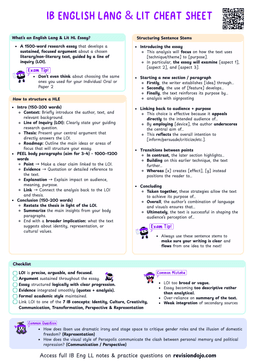Leaching Drives Eutrophication in Aquatic Ecosystems
Eutrophication
Eutrophication is a process that occurs when a body of water becomes enriched with nutrients, which causes excessive plant and algae growth
- When you stand by a lake covered in a thick, green layer of algae.
- The water is murky, fish are scarce, and the once-vibrant ecosystem seems lifeless.
- This is eutrophication, a process driven by the leaching of nutrients like nitrogen and phosphorus from agricultural land into water bodies.

How Does Eutrophication Happen?
- Nutrient Leaching: Rainfall dissolves water-soluble nutrients from fertilizers, washing them into groundwater, rivers, and lakes.
- Runoff: Nutrient-rich water flows into aquatic systems, overloading them with nutrients.
Stages of Eutrophication
- Nutrient Enrichment Fuels Algal Blooms: Excess nutrients stimulate the rapid growth of algae and aquatic plants.
- Algal Blooms Block Sunlight: Dense algal blooms form, covering the water's surface and preventing submerged plants from photosynthesizing.
- Decomposition Depletes Oxygen: As algae die and decompose, bacteria consume oxygen, raising the biochemical oxygen demand (BOD).
- Hypoxia and Aquatic Life Decline: Oxygen levels drop, creating hypoxic (low oxygen) or anoxic (no oxygen) conditions. Fish and other aerobic organisms die or migrate.
Leaching is most severe when fertilizers are applied in excess or just before heavy rainfall.
Increased BOD Intensifies Oxygen Depletion
Biochemical Oxygen Demand (BOD)
Biochemical Oxygen Demand (BOD) measures the oxygen required by microorganisms to decompose organic matter.
- Algal blooms increase organic material, raising BOD.
- High BOD leads to oxygen depletion, suffocating aquatic life.
Understand that eutrophication is primarily harmful due to oxygen depletion, not algae toxicity.
Impacts of Eutrophication on Ecosystems
1. Biodiversity Loss
- Oxygen depletion kills fish and other organisms.


